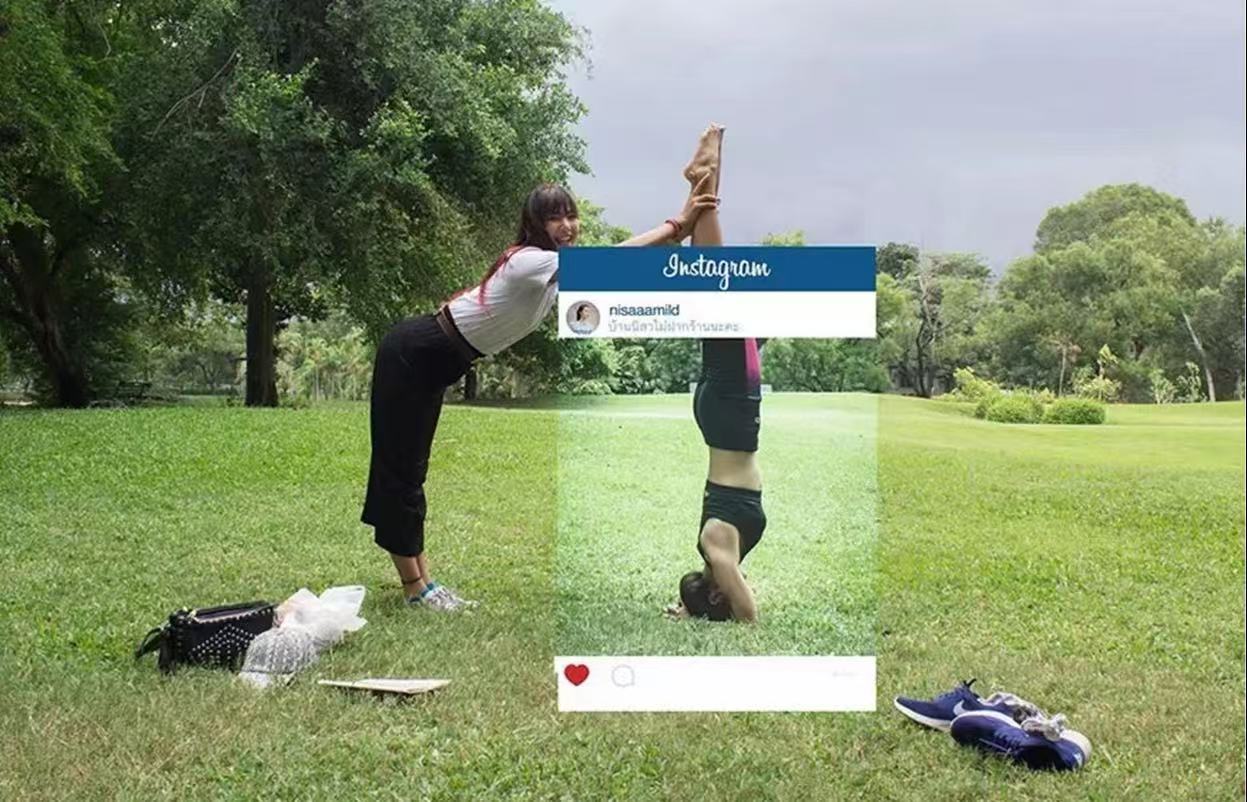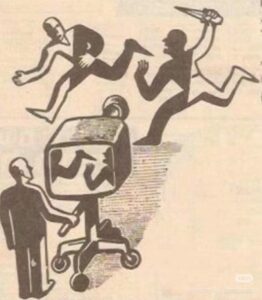Sleepwalker Archives Vol.4: ‘Objects of Reality’ — A Show & Tell Session

This week we return the power of the exhibition to the audience and participants. In an open-ended ‘Show & Tell’ activity, we invited peers to bring an object – an old photograph, a souvenir, a sound recording …… any object that carries personal experiences and memories. Any fragment of reality that carries personal experiences and memories. We will engage in a collective dialogue around these objects, exploring how they participate in our construction, transformation and imagination of reality.And share it on Miro:https://miro.com/app/board/uXjVLqbZWcA=/
The item I chose was a picture:
Reflection:
This image not only exposes how media manipulates reality but also compels us to question whether what we perceive as “truth” is an objective entity or a constructed illusion. Baudrillard (1994) argues that in the postmodern condition, signs and images no longer refer to a tangible reality but instead form a self-referential system—what he calls the hyperreal. In this context, the camera in the image does not just document reality but actively reshapes it, producing a version of events that is more real than reality itself. This aligns with the contemporary phenomenon of media simulation, where selective framing, editing, and narrative control create mediated truths that replace the original event.
The implications of this are profound, especially in an era increasingly defined by post-truth discourse. McIntyre (2018) defines post-truth as a cultural condition in which objective facts become less influential in shaping public opinion than appeals to emotion and personal belief. This image exemplifies that condition—what is recorded, edited, and presented to the public may bear little resemblance to the event itself, yet it becomes the dominant version of truth. Such manipulations are not accidental but deeply embedded within media systems, where political, commercial, and ideological interests determine what is seen, omitted, or reframed. Hall (2003) discusses how meaning is produced not only through media representations but also through audience interpretation, highlighting the active role of the viewer in decoding messages. This raises an essential question: If reality is mediated and contested, how do we develop critical literacy to navigate these distortions?
Digital technology has further intensified the crisis of authenticity. Steyerl (2009) argues that in the digital age, images degrade as they are reproduced, circulated, and repurposed, turning into poor images—low-resolution, widely disseminated fragments that prioritize accessibility over authenticity. AI-generated deepfakes, algorithmically curated news feeds, and manipulated viral content extend this logic, creating an environment where fabricated realities become indistinguishable from documented truth. This is particularly concerning in the context of Noble’s (2021) research on search engines, which reveals how digital platforms reinforce biases, shaping what users perceive as factual based on algorithmic interests rather than objective knowledge. The image thus provokes a broader reflection on how media infrastructures and digital systems construct, rather than merely reflect, our reality.
Within the Sleepwalker discussion, this image serves as a catalyst for reconsidering the agency of spectatorship. If audiences are not merely passive consumers of information but active interpreters, as Hall (2003) suggests, then a key question emerges: How can we critically engage with mediated reality rather than accepting it at face value? In an era where visual information dominates our understanding of the world, the responsibility of interpretation becomes crucial. Recognizing the ambiguity and fluidity of truth may not provide definitive answers, but it can encourage a more skeptical, analytical, and participatory approach to information consumption.
Ultimately, this image is not just about deception—it is about the power structures that define and manipulate our perception of reality. In a world where AI, media narratives, and digital platforms increasingly mediate our experiences, critical engagement with the sources and mechanisms of representation is essential. As the boundaries between reality and simulation collapse, we are left with an urgent imperative: to challenge, question, and reconstruct our understanding of truth in a world shaped by images, algorithms, and ideological agendas.
Bibliography
Baudrillard, Jean. (1981) 1981. Simulacra and Simulation. Ann Arbor: The University of Michigan Press.
Hall, Stuart. 2003. Culture, Media, Language. Routledge.
McIntyre, Lee. 2018. “Post-Truth.” MIT Press. February 16, 2018. https://mitpress.mit.edu/9780262535045/post-truth/.
Noble, Safiya. 2021. “Algorithms of Oppression: How Search Engines Reinforce Racism Algorithms of Oppression: How Search Engines Reinforce Racism Safiya Umoja Noble NYU Press, 2018. 256 Pp.” Science 374 (6567): 542–42. https://doi.org/10.1126/science.abm5861.
Steyerl, Hito. 2009. “In Defense of the Poor Image.” E-Flux. November 2009. https://www.e-flux.com/journal/10/61362/in-defense-of-the-poor-image/.



